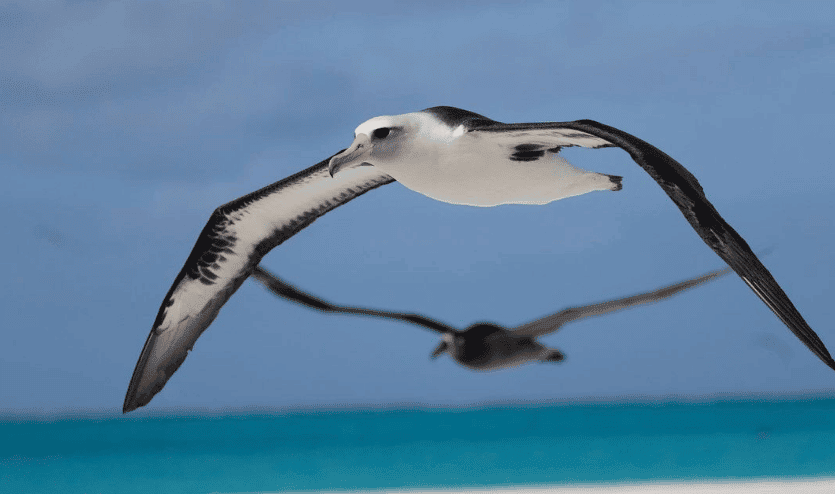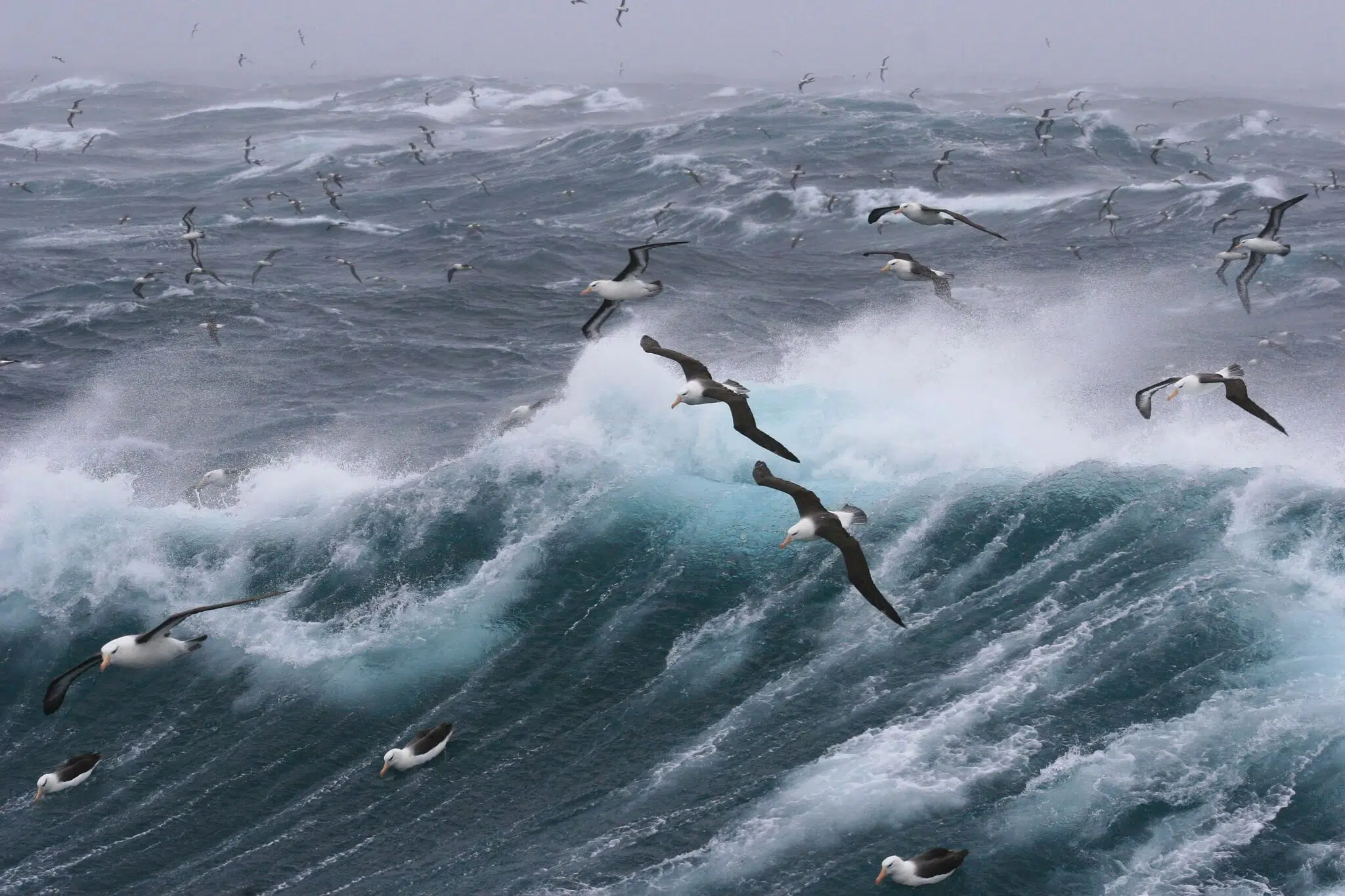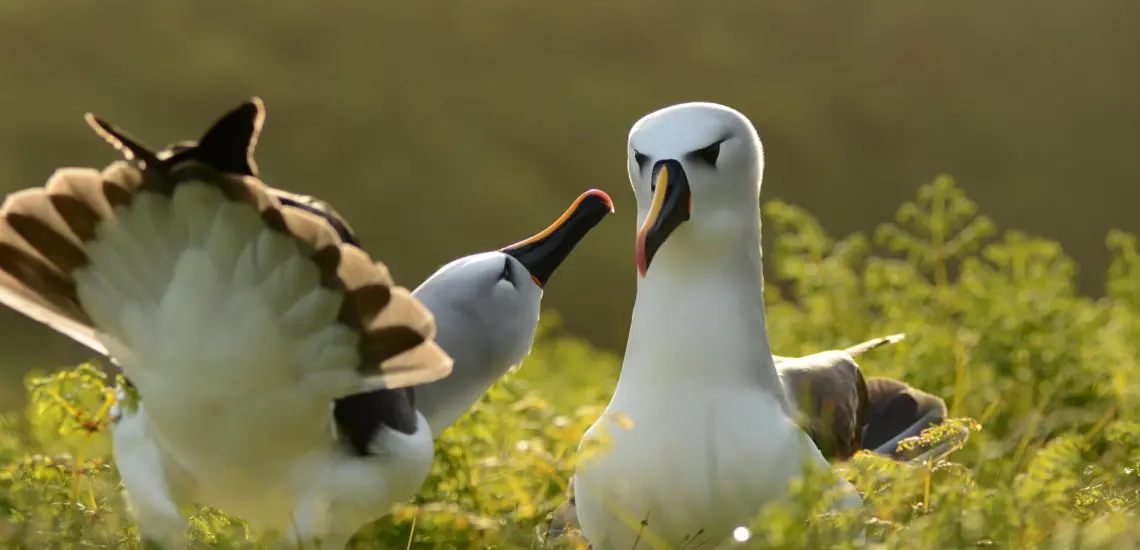Seabirds spend nearly 40% of time beyond national borders, study finds
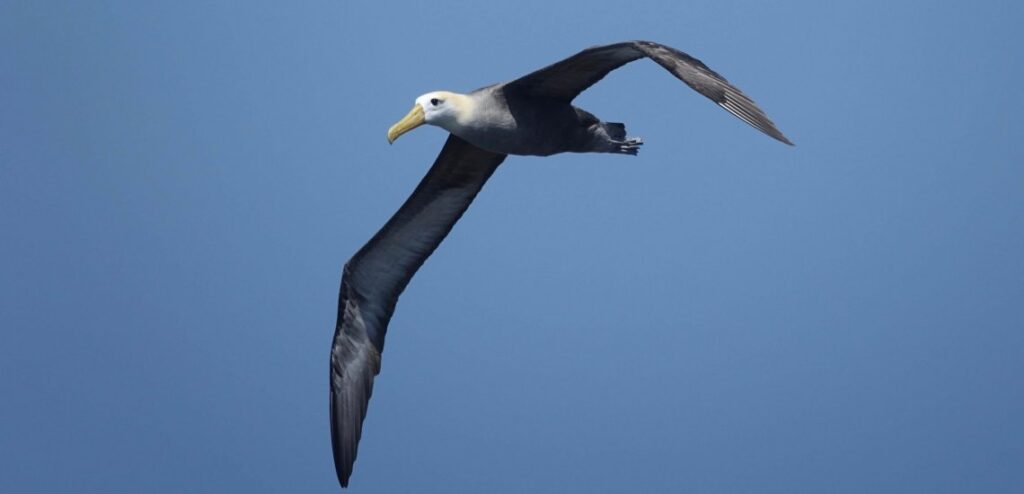
Scientists have found that albatrosses and large petrels spend 39% of their time on the high seas – areas of ocean where no single country has jurisdiction. How can we make sure these vital habitats don’t fall through the cracks?
By Jessica Law
When we think of the high seas, images of swashbuckling pirates setting course to distant horizons often spring to mind. During the Golden Age of piracy, these lawless buccaneers were considered ‘hostis humani generis’ – enemies of all humankind – meaning that any country had the right to seize a pirate ship in international waters. Today, there’s increasing evidence that we may need to take a similar approach when conserving marine life, but in a more positive sense – seeing it as a universal responsibility that nations must work together to safeguard.
One such piece of evidence came to light today, when a new study revealed that albatrosses, and their close cousins the large petrels, spend 39% of their time in oceans beyond national jurisdiction. Using tracking data from 5,775 birds across 39 species, researchers found that all species regularly cross into the waters of other countries, meaning that no single nation can adequately ensure their conservation. Furthermore, all species depended on the high seas: international waters that cover half of the world’s oceans and a third of the earth’s surface.
This is particularly worrying because albatrosses and large petrels are among the world’s most-threatened animals, with over half of the species at risk of extinction. At sea they face numerous dangers including injury and mortality from fishing gear, pollution and loss of their natural prey due to overfishing and climate change.
According to co-author Maria Dias, from BirdLife International: “Negative interactions with fisheries are particularly serious in international waters because there is less monitoring of industry practices and compliance with regulations. Also, beyond fish there is currently no global legal framework for addressing the conservation of biodiversity in the high seas.”
For example, the Amsterdam Albatross Diomedea amsterdamensis (Endangered) spends 47% of its time in international waters in the Indian Ocean. Although it benefits from strong protection at its breeding colony on Amsterdam Island (one of the French Southern Territories), its conservation at sea is much more challenging. When roaming the seas in search of squid prey, the <100 remaining adults use a vast area stretching from South Africa to Australia – requiring international coordination to minimize the risk of death in fishing gear.
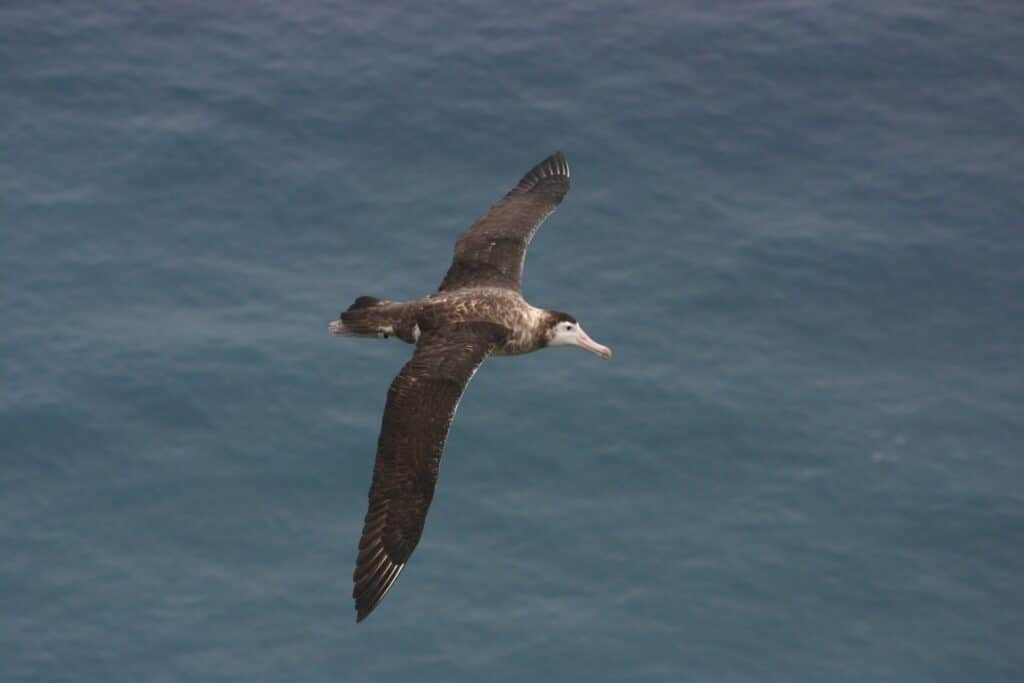
Hope is on the horizon. The international scale of this study is itself a perfect example how seabirds can connect nations. Uniting researchers from 16 countries, who agreed to share their data through BirdLife’s Seabird Tracking Database, this global collaboration couldn’t have come at a more important time: the United Nations are currently discussing a global treaty for the conservation and sustainable use of biodiversity in international waters.
“Our study unequivocally shows that albatrosses and large petrels need reliable protection that extends beyond the borders of any single country,” says Martin Beal, lead author of the study at the Marine and Environmental Sciences Centre at ISPA – Instituto Universitário in Lisbon, Portugal. “This treaty represents a massive opportunity for countries to commit to protecting species wherever they may roam.”
Legal measures up for discussion under the treaty, such as introducing environmental impact assessments for industrial activities in the high seas, have the potential to significantly reduce pressure on species that call these oceans home.
Carolina Hazin, Marine Policy Coordinator for BirdLife, sees the study as part of an even bigger picture. “No conservation of migratory species can be effective if fragmented in terms of space, time and activity. This study reinforces the urgency that the United Nations adopt the high seas treaty, which in turn will contribute to the Convention on Biological Diversity’s ambitious global framework to protect all nature over the next decades.”
The old saying “out of sight, out of mind” didn’t work for the pirates of the Golden Age. And as the swashbuckling explorers of the animal world, it shouldn’t apply to seabirds either.
Global political responsibility for the conservation of albatrosses and large petrels is published in Science Advances.
